Overview
Choosing the right pocket knife involves understanding blade materials, types, sizes, and intended uses. Consider factors like ergonomics, safety features, and maintenance for optimal performance. Whether for everyday carry, camping, or survival, evaluate your needs and budget before purchasing from a reputable retailer.
Frequently Asked Questions
1. What should I look for in a pocket knife?
2. What are the different types of blade materials?
3. What is the ideal size of a pocket knife for everyday carry?
4. How important are safety features in a pocket knife?
5. What maintenance is required for pocket knives?
When it comes to selecting the perfect pocket knife, the choices can be overwhelming. With various styles, sizes, and features available in the market, finding the right one requires careful consideration. Whether you're a seasoned outdoorsman, a casual camper, or simply in need of a reliable everyday carry tool, understanding the different types of pocket knives and their functions is essential. Here’s a user’s perspective on how to choose the right pocket knife for your needs.
Understanding Pocket Knives
Pocket knives are versatile tools that have been utilized for centuries. Their compact size makes them ideal for carrying in your pocket, backpack, or toolbox. But with so many options available, what should you look for in a pocket knife?
What is a Pocket Knife?
A pocket knife is a folding knife with one or more blades that can be easily folded back into the handle. These handy tools are perfect for various tasks such as slicing, cutting, and even self-defense, depending on the design and purpose. They come in various styles, including traditional folding knives, multi-tools, and tactical options, each tailored for specific uses.
Key Factors to Consider
Before making a purchase, there are several important factors to consider that can help narrow down your options. Below are the key elements that will influence your choice of pocket knife:
Blade Material
The blade material affects the knife’s durability, sharpness, and resistance to corrosion. Common blade materials include:
- Stainless Steel: Known for its resistance to rust and corrosion, stainless steel is ideal for casual use and general tasks.
- Carbon Steel: While it requires proper care to prevent rust, carbon steel holds an edge longer and is favored by many enthusiasts.
- High-Carbon Stainless Steel: Combining the benefits of both steel types, this is often used in quality knives for a balance of durability and edge retention.
Blade Type and Shape
The blade shape can significantly impact its utility. Common types include:
- Straight Edge: Great for precise cuts and slicing tasks.
- Serrated Edge: Best for cutting through tough materials like rope or fabric.
- Drop Point: A versatile shape ideal for general use and skinning.
- Clip Point: Offers a sharp point for pierce-heavy tasks, often favored in tactical applications.
Size and Weight
Consider how you plan to carry your pocket knife. A compact and lightweight design is essential for every day carry (EDC) use. However, if you plan to use it for heavier tasks like camping or hunting, a larger knife with added weight may be more appropriate.
Usage Scenarios
Understanding your intended use is critical in determining which pocket knife suits you best. Here are some common scenarios:
Everyday Carry (EDC)
If you’re looking for a pocket knife for daily tasks like opening packages or minor repairs, a simple folding knife with a 2.5 to 3.5-inch blade is a suitable choice. Features like one-handed opening and a lightweight design enhance accessibility and convenience.
Camping and Outdoor Activities
For camping or outdoor adventures, opt for a pocket knife that offers both robust blade strength and additional features. Knives equipped with a multi-tool function can be especially valuable, providing various implements like screwdrivers, can openers, and even a corkscrew.
Hiking and Survival Situations
In survival situations or extended hikes, a larger pocket knife with a longer blade may be beneficial for tasks such as food preparation, shelter building, and emergency situations. A knife with a fixed blade might offer additional strength, but many folding knives with robust locking mechanisms can serve well, too.
Ergonomics and Comfort
When selecting a pocket knife, never overlook the importance of ergonomics. A comfortable grip ensures that you can use the knife for extended periods without fatigue. Test the handle in-store if possible; it should feel secure and natural in your hand.
Handle Material
Common handle materials include:
- Plastic: Lightweight and durable, but may lack grip in wet conditions.
- Wood: Offers a classic look and feel but can be heavier and may require more maintenance.
- Metal: Provides durability and weight, often seen in tactical knives, but may be slippery when wet.
Safety Features
Safety should always be a priority when handling a pocket knife. Look for knives that offer locking mechanisms, which will keep the blade securely in place during use. Types of locks include:
- Back Lock: Offers one of the most secure locking systems but is typically found in traditional knives.
- Liner Lock: Common in modern folding knives, this system uses a small metal liner to keep the blade in place.
- Frame Lock: Similar to liner locks but utilizes a part of the handle itself to lock the blade.
Maintenance and Care
Proper maintenance extends the life of your pocket knife and ensures optimal performance. Here are some tips to keep in mind:
Cleaning
Regular cleaning is essential to prevent rust and maintain function. After heavy use, wipe down the blade with a soft cloth and wash it with mild soap and warm water. Dry thoroughly to avoid moisture buildup.
Sharpening
A sharp blade is a safe blade. Invest in a quality sharpening tool or take your pocket knife to a professional for sharpening if you’re unsure about doing it yourself.
Oiling
Applying a few drops of knife oil can prevent rust and ensure the smooth operation of your pocket knife's opening and closing mechanisms. Lubricate the pivot area regularly, particularly if the knife experiences heavy use.
Budgeting for Your Pocket Knife
When choosing a pocket knife, budget plays a significant role. High-quality pocket knives can range from budget-friendly options to premium tools that cost a small fortune. Determine how much you are willing to spend and find a balance between quality and price. Remember that a reliable pocket knife is often an investment.
Finding the Right Retailer
Once you’ve made your decision about the type of pocket knife that suits your needs best, select a reputable retailer to complete your purchase. Doing a bit of research can help you find a shop that not only stocks quality products but also provides excellent customer service.
Online vs. Physical Stores
Shopping online allows you to compare prices and read reviews, while physical stores provide the chance to handle and test the knife before you buy. Consider what works best for you. Online retailers often offer wider selections and more competitive prices, while local shops may have knowledgeable staff to assist you in making the right choice.
Wrapping Up with a Slice
The journey to finding the perfect pocket knife should be approached thoughtfully. By considering the blade material, type, size, comfort, safety features, and intended use, you can make an informed decision that meets your needs. No matter if you’re an outdoor enthusiast, a handyman, or simply someone who appreciates quality tools, selecting the right pocket knife can vastly enhance your daily activities and adventures. So take your time, evaluate your options, and when you find ‘the one,’ you’ll know it’s the right fit for you!






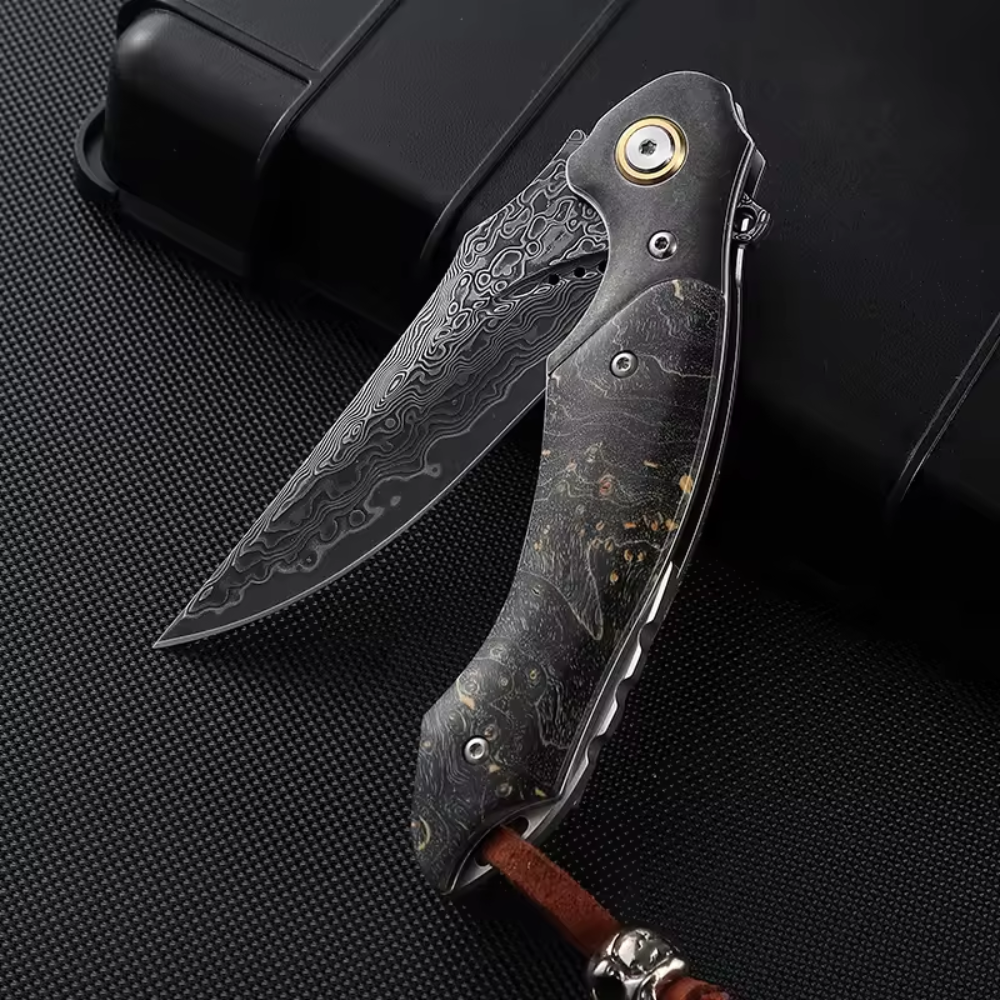

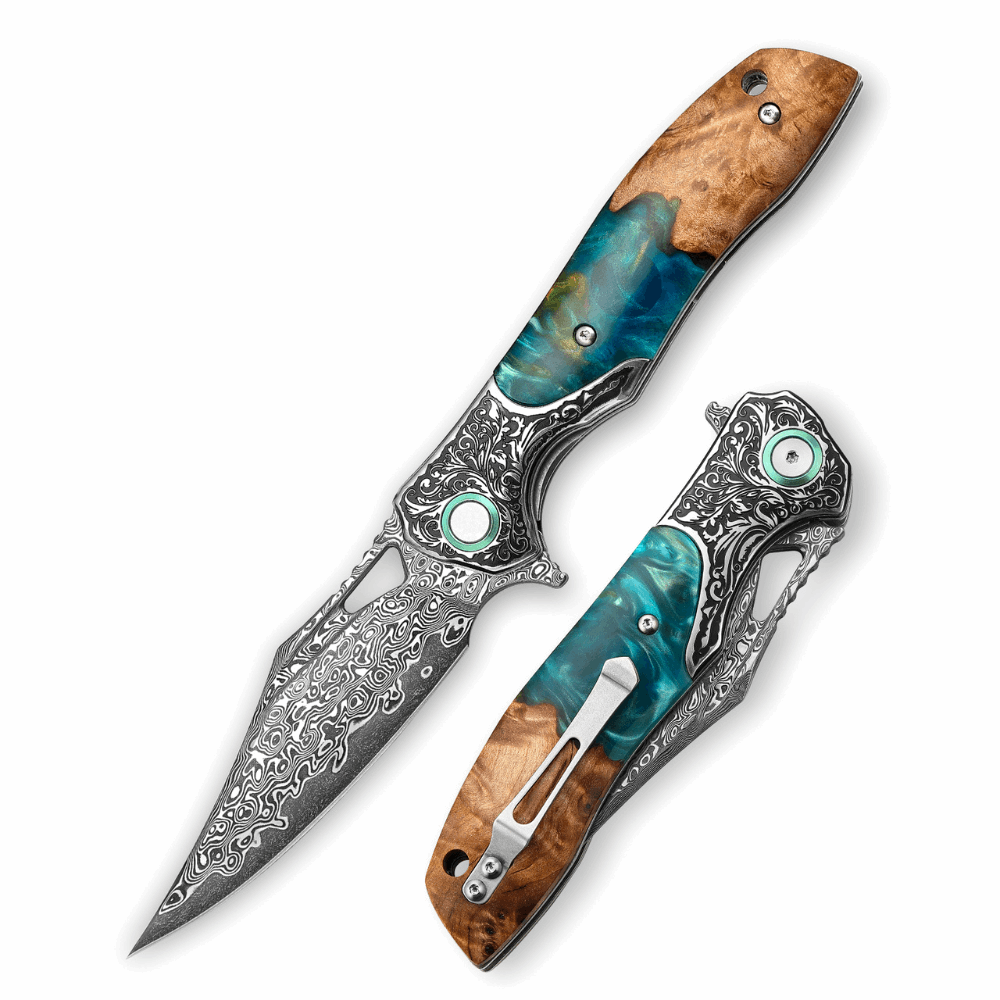
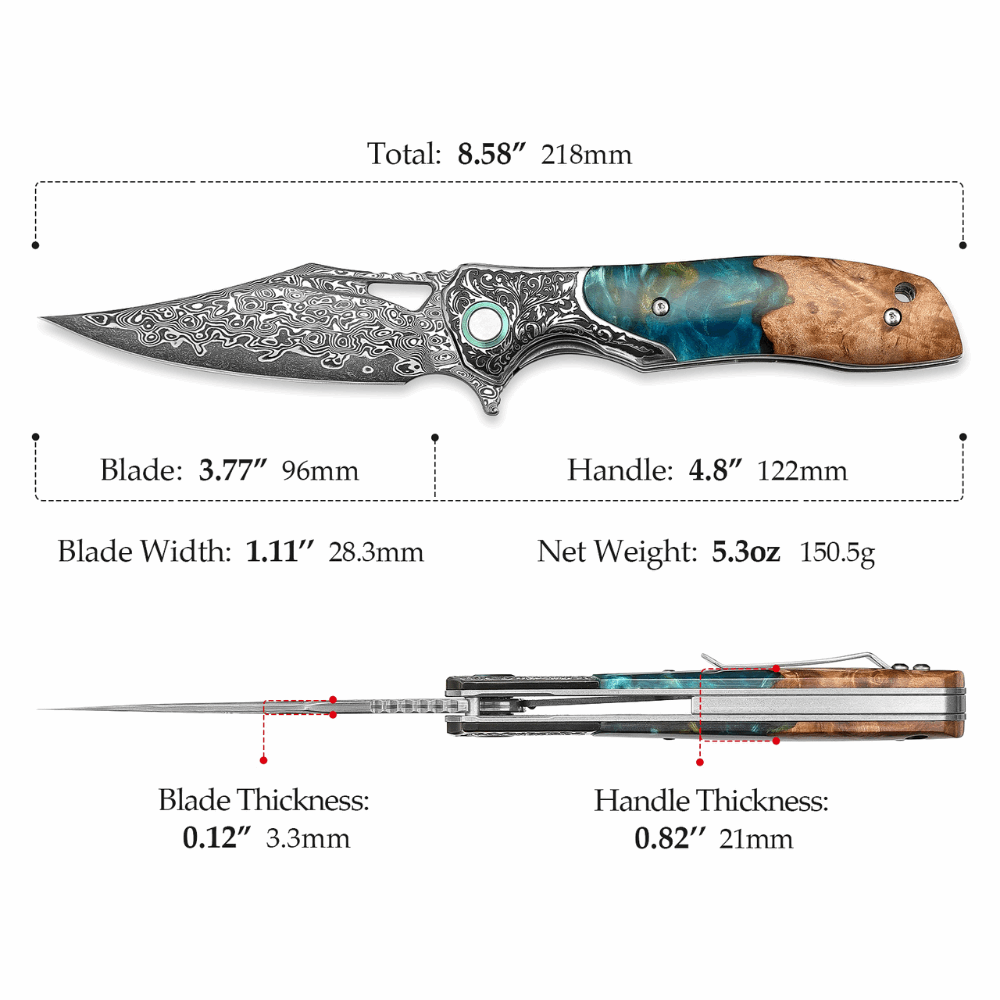
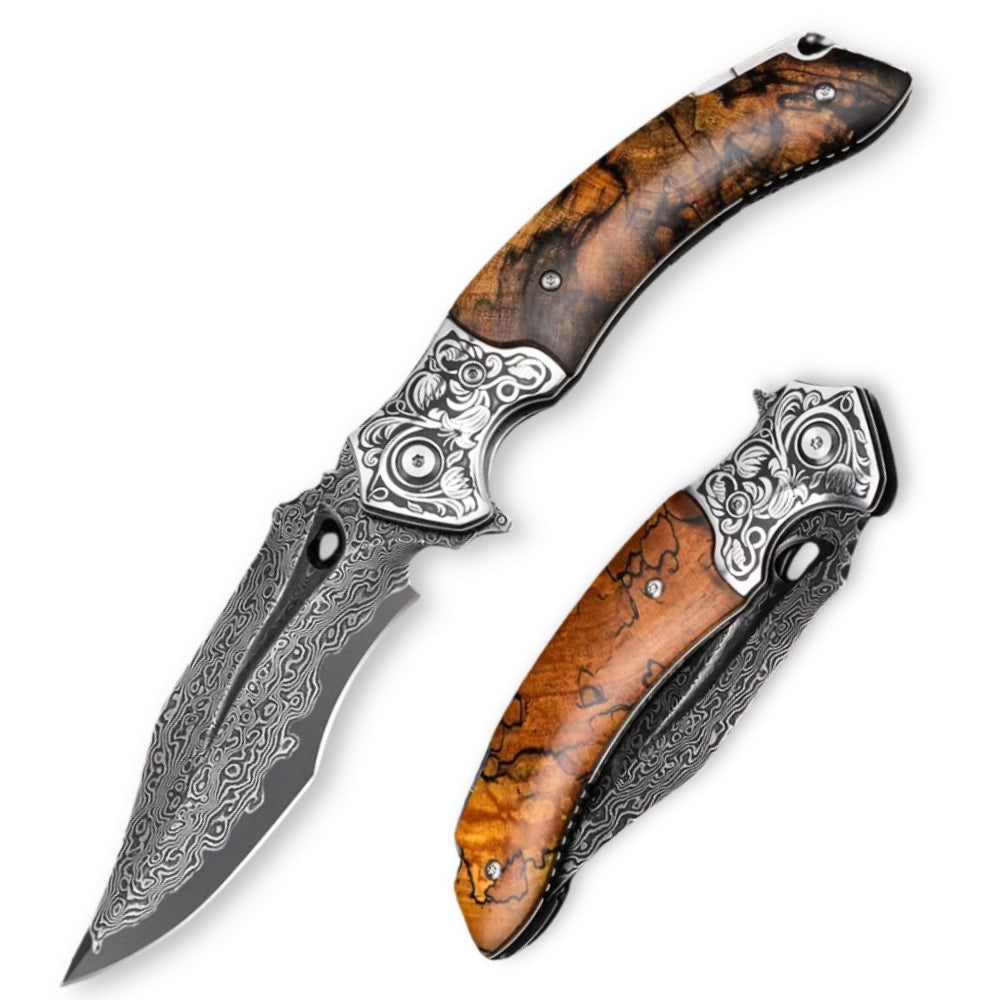

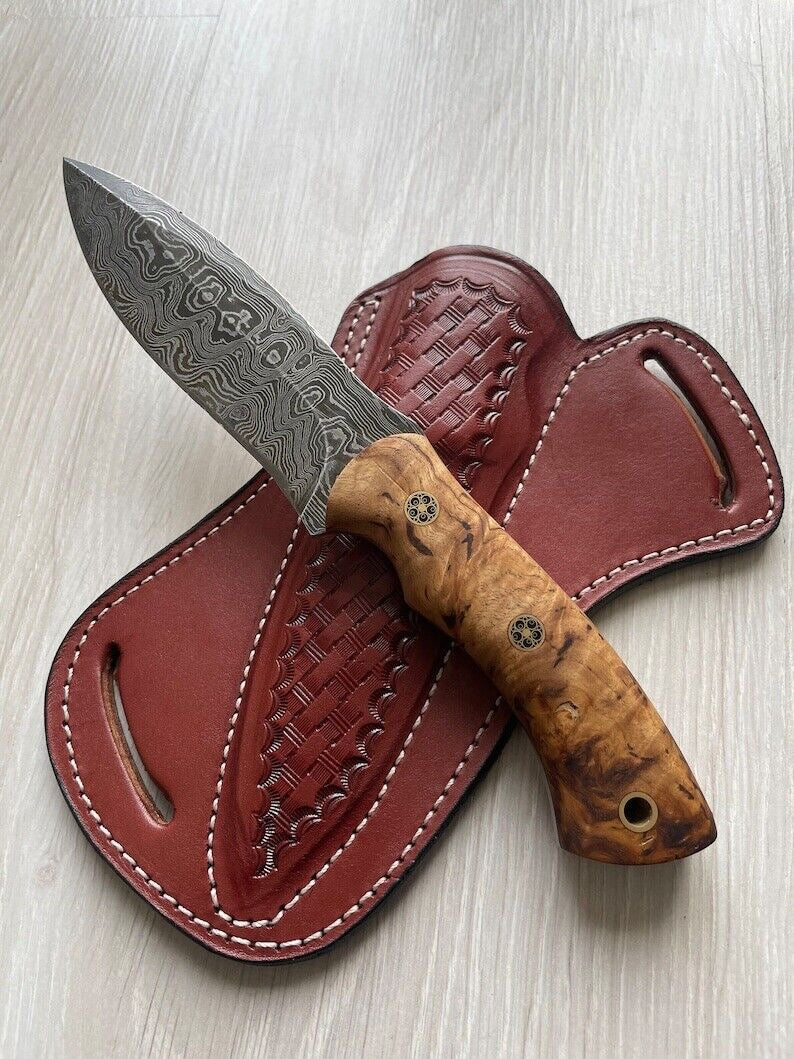
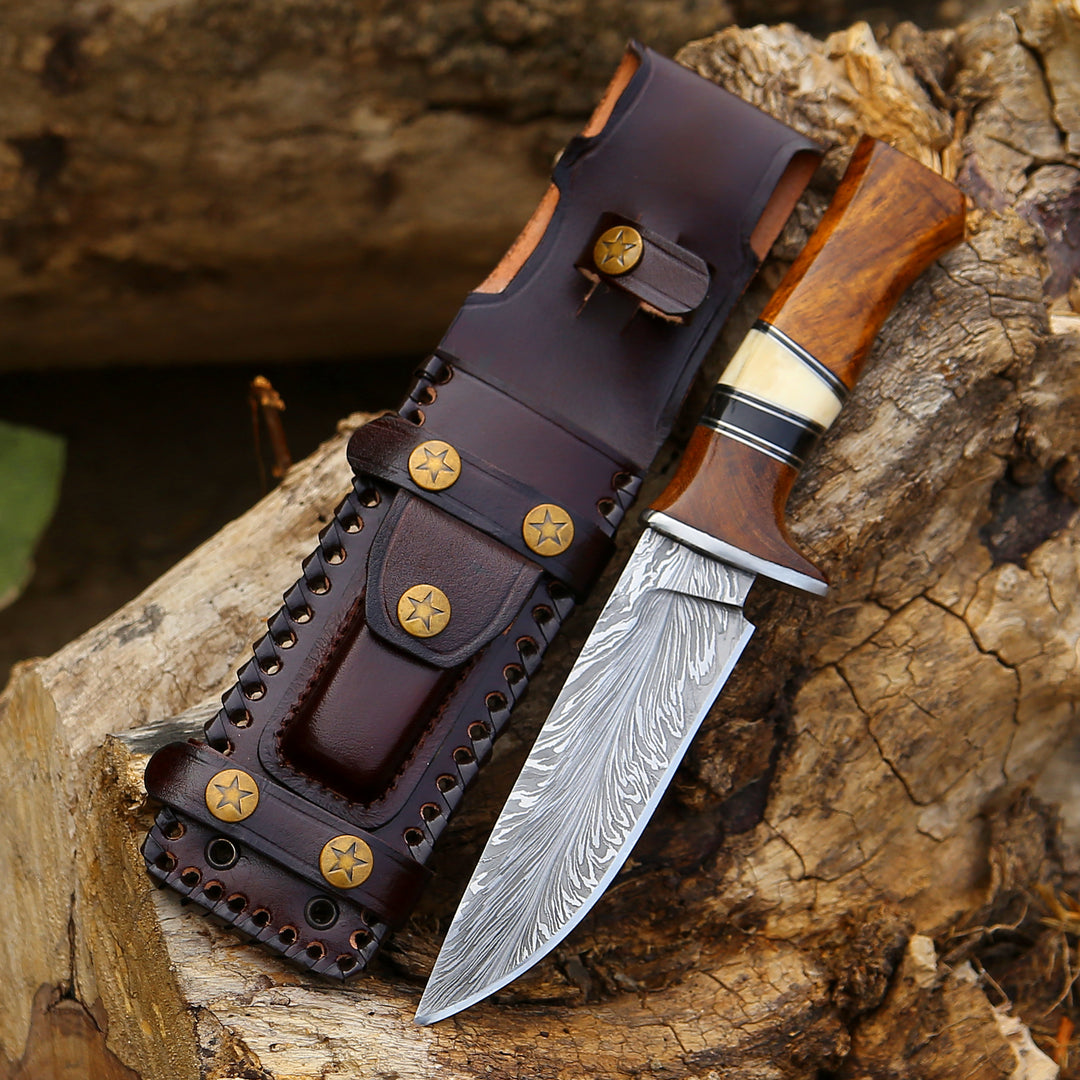

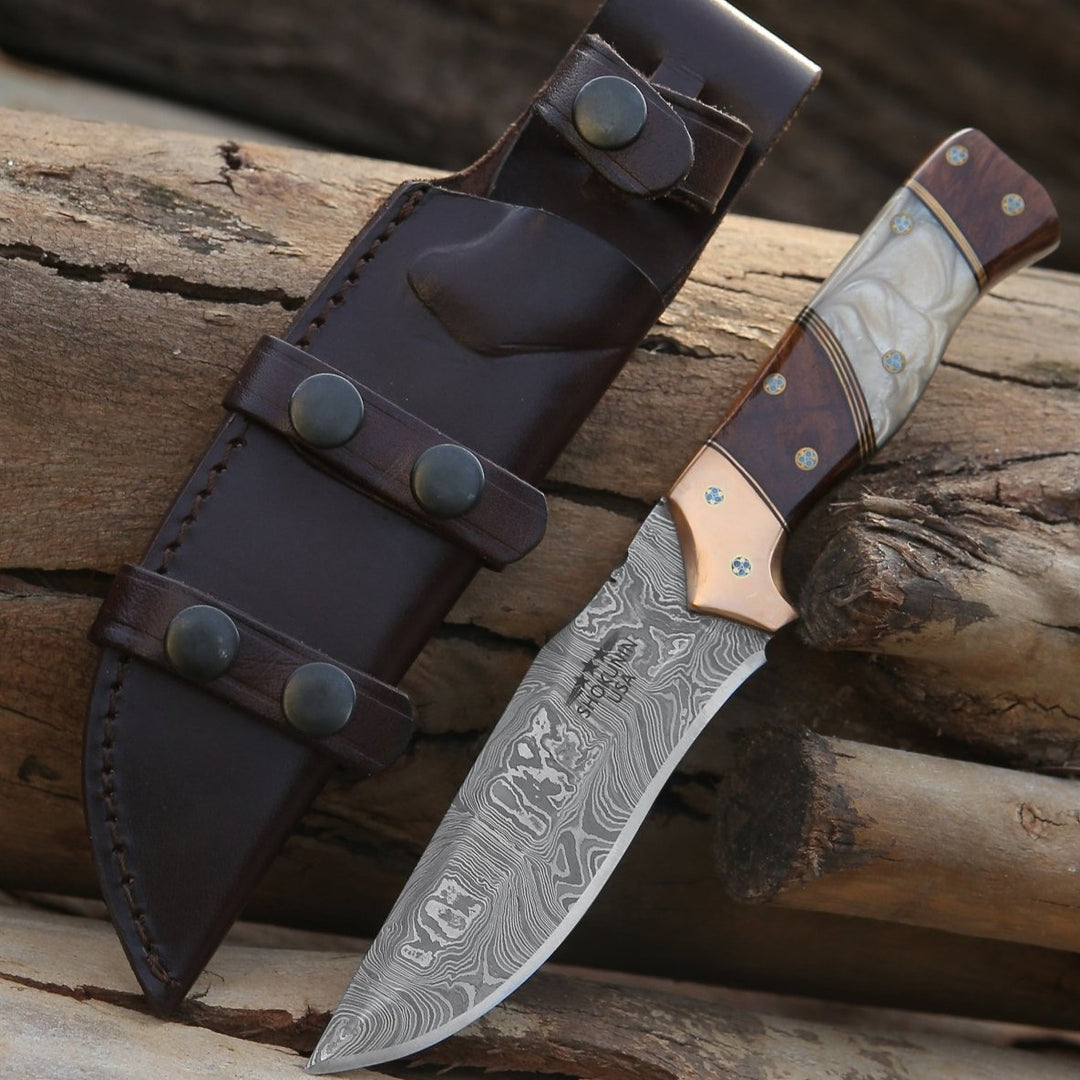
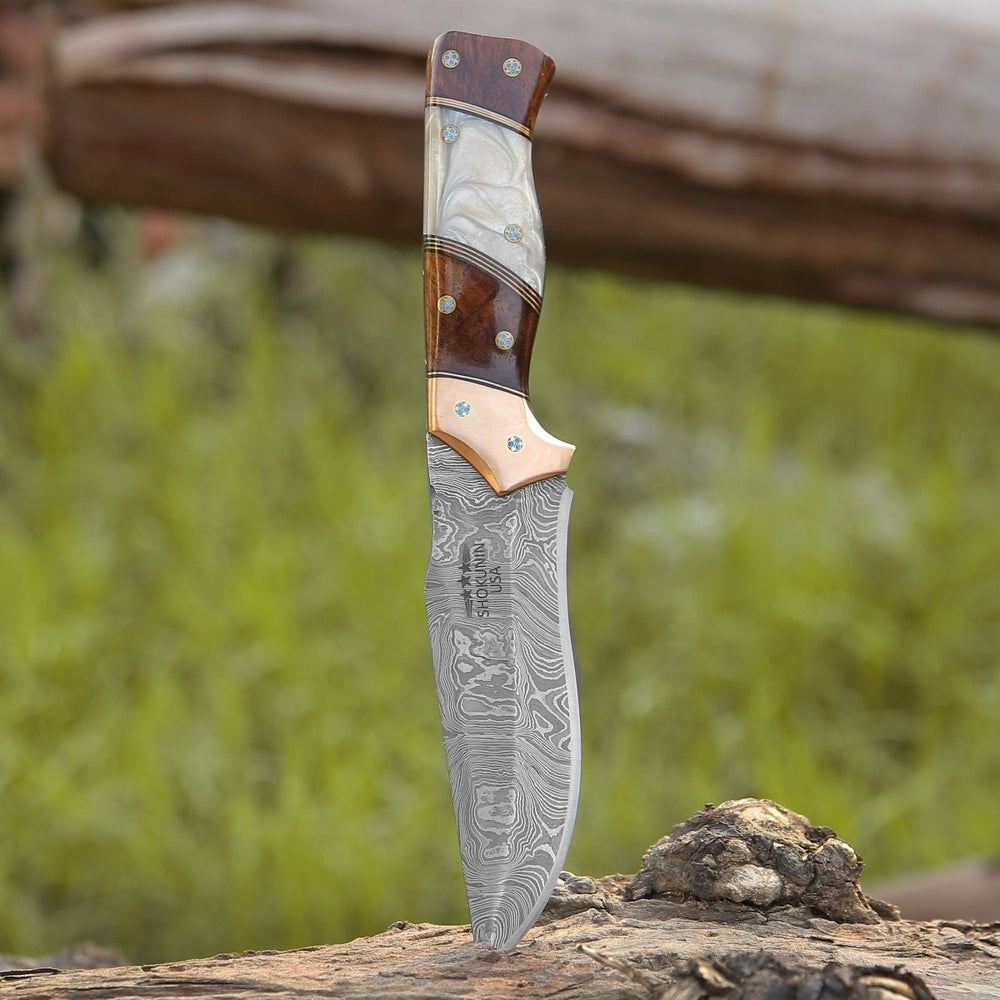
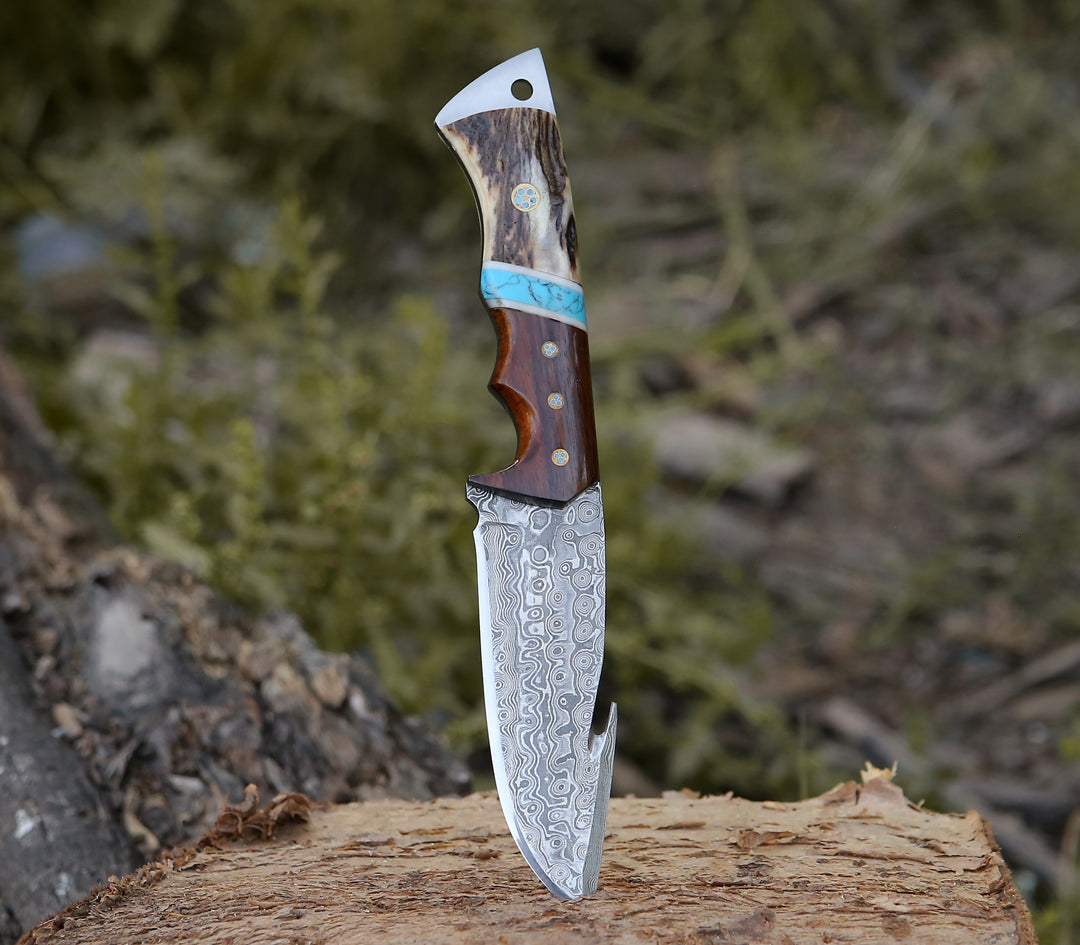
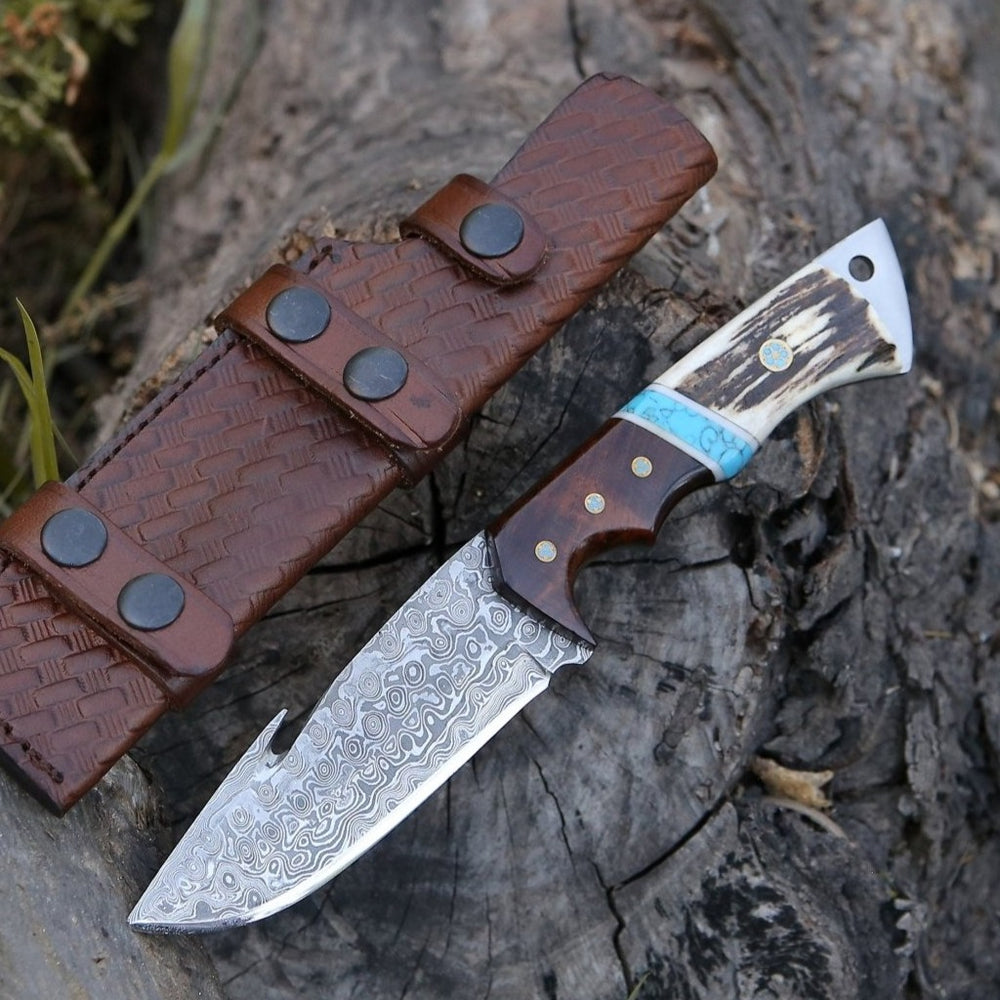
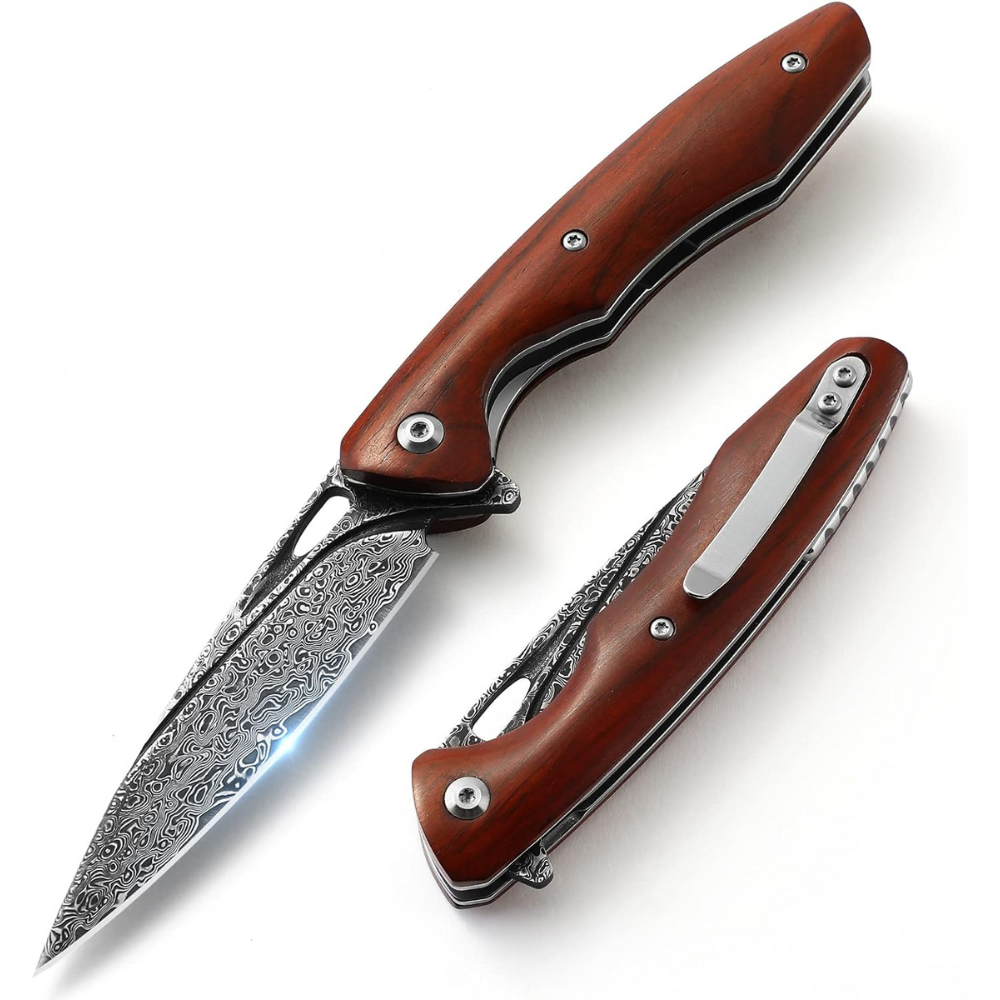
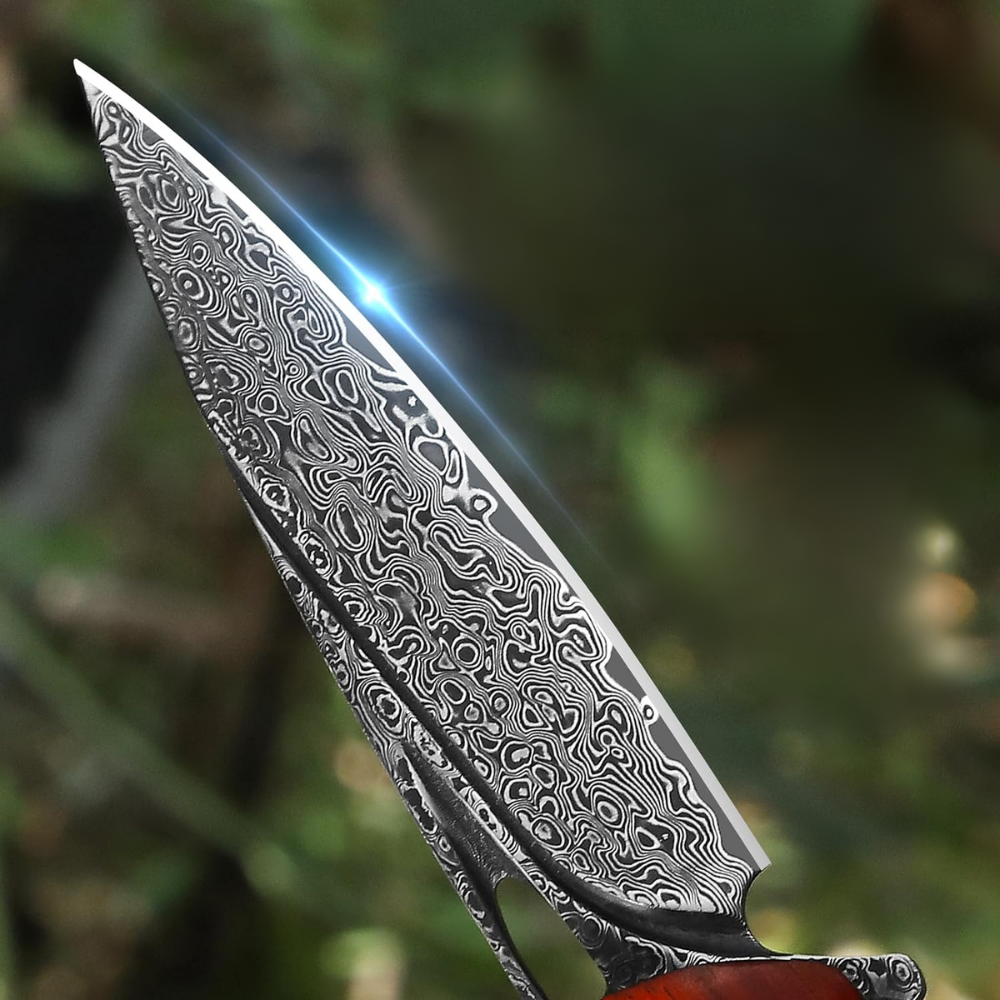
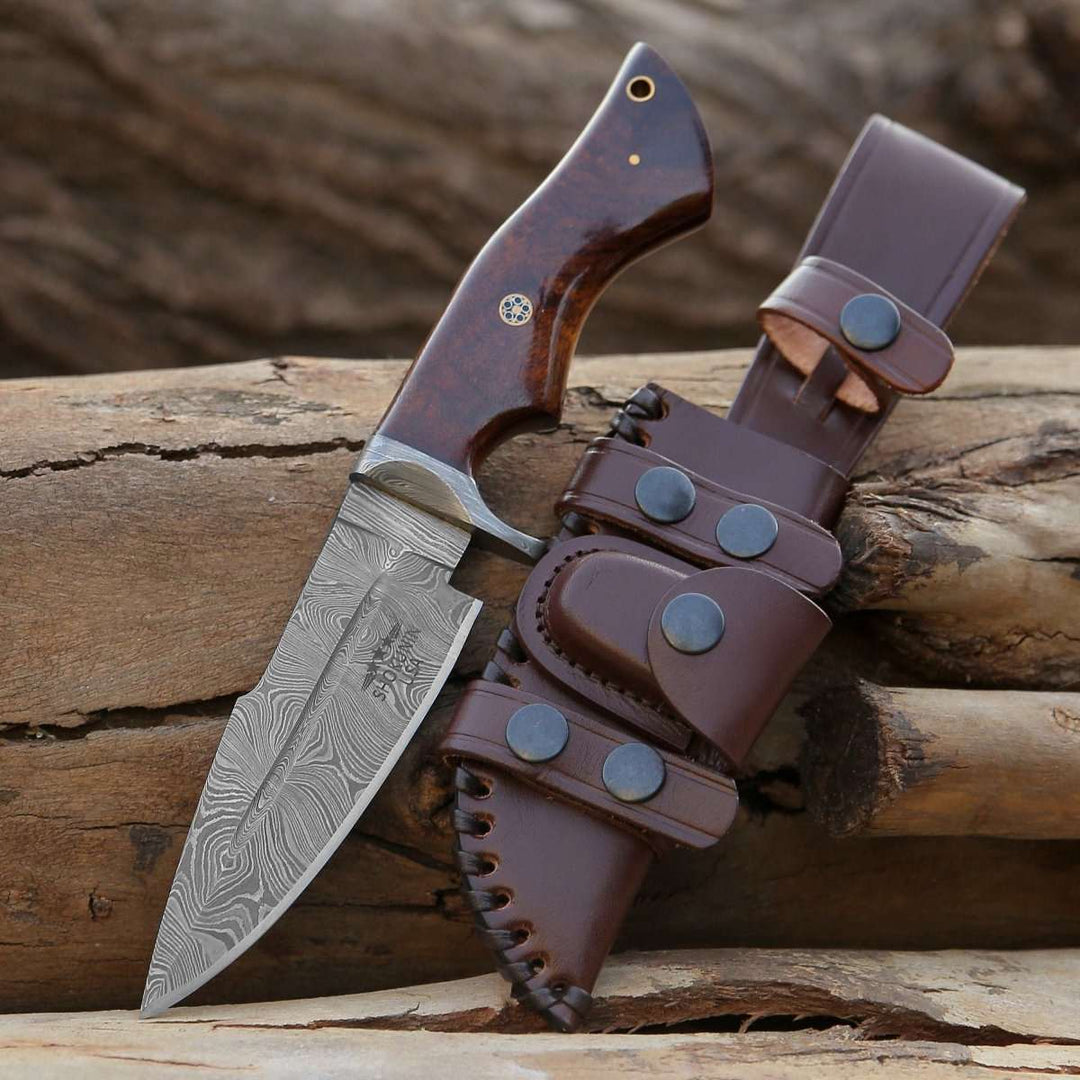
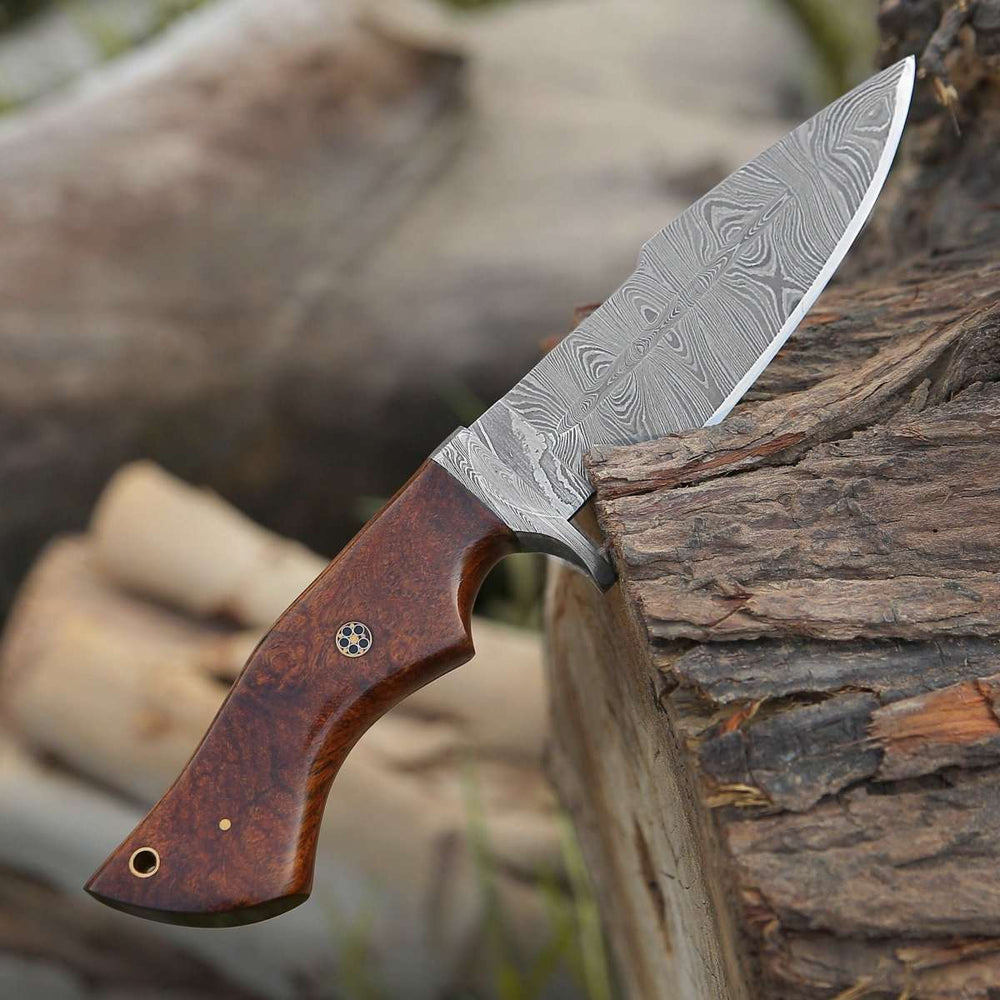
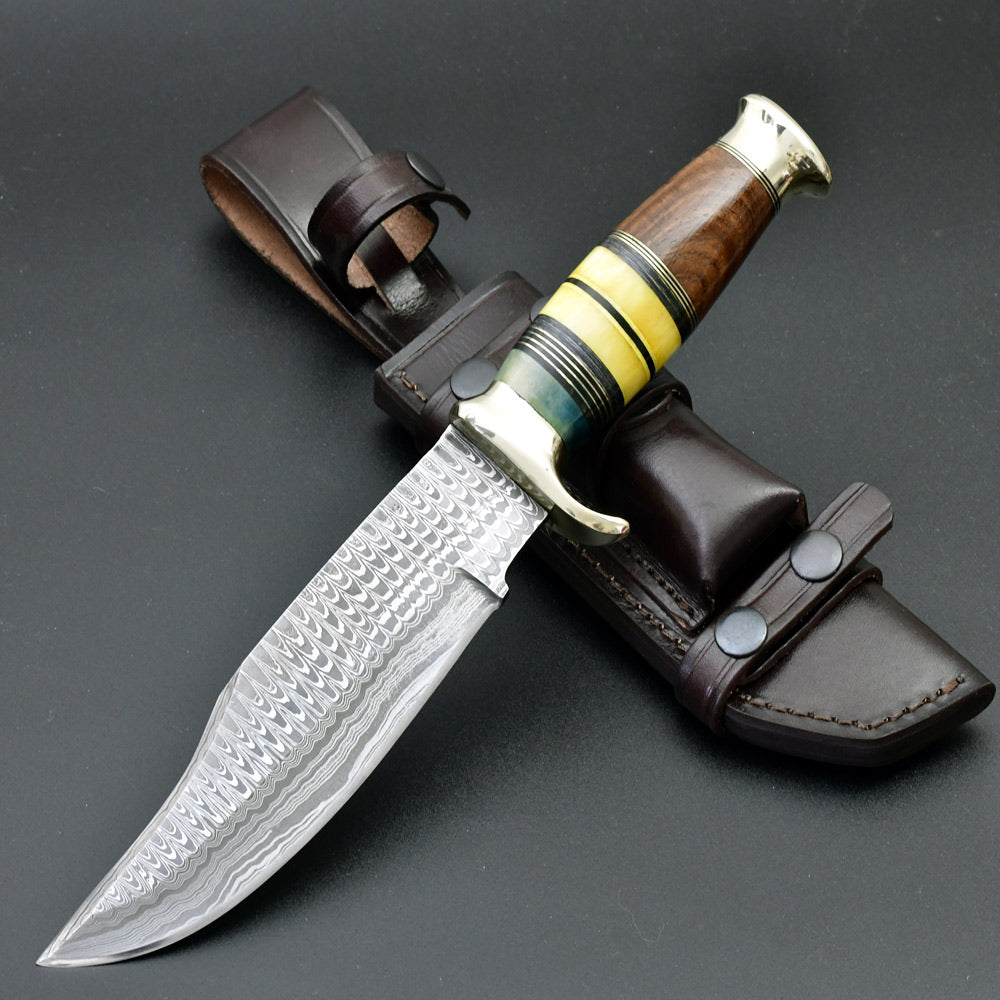

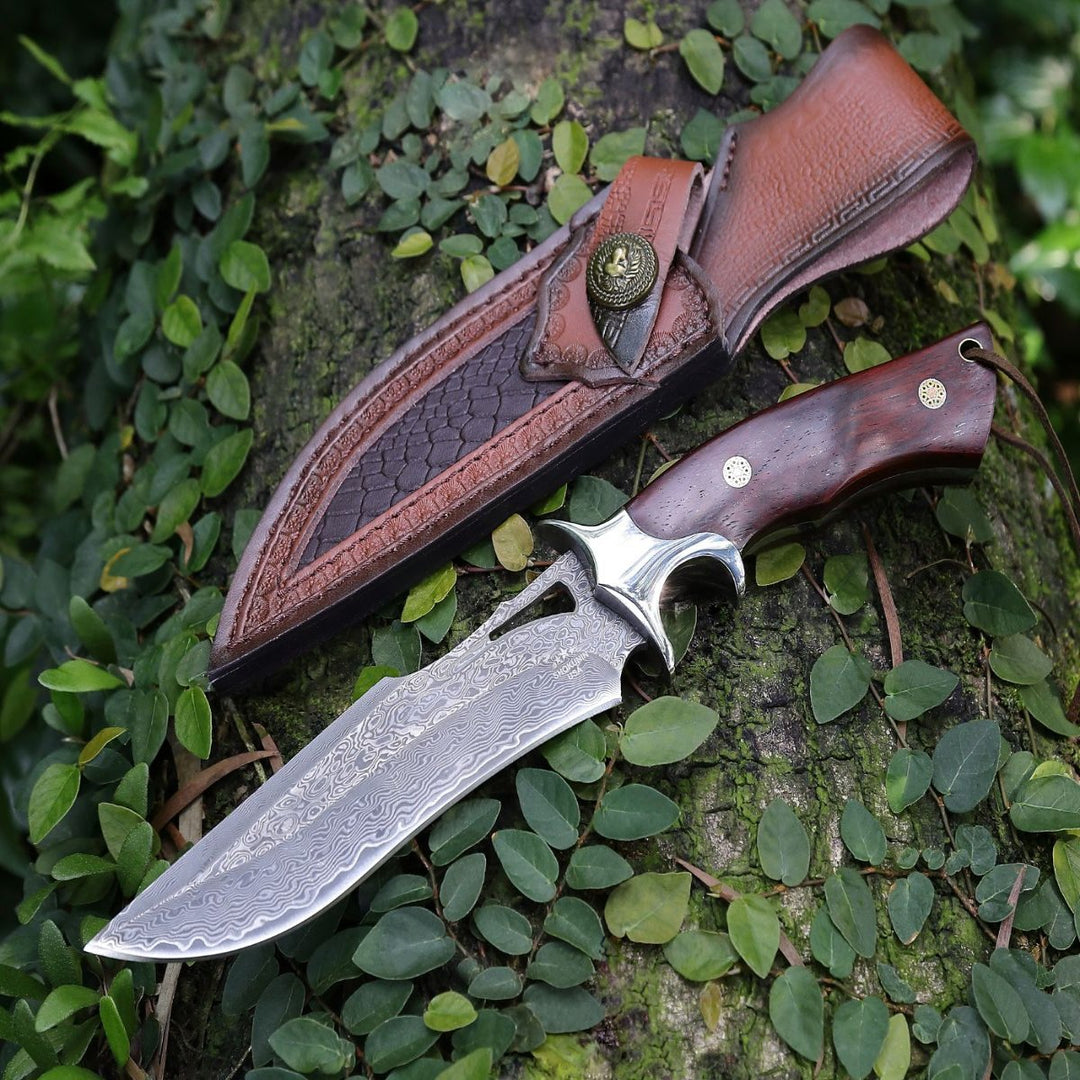


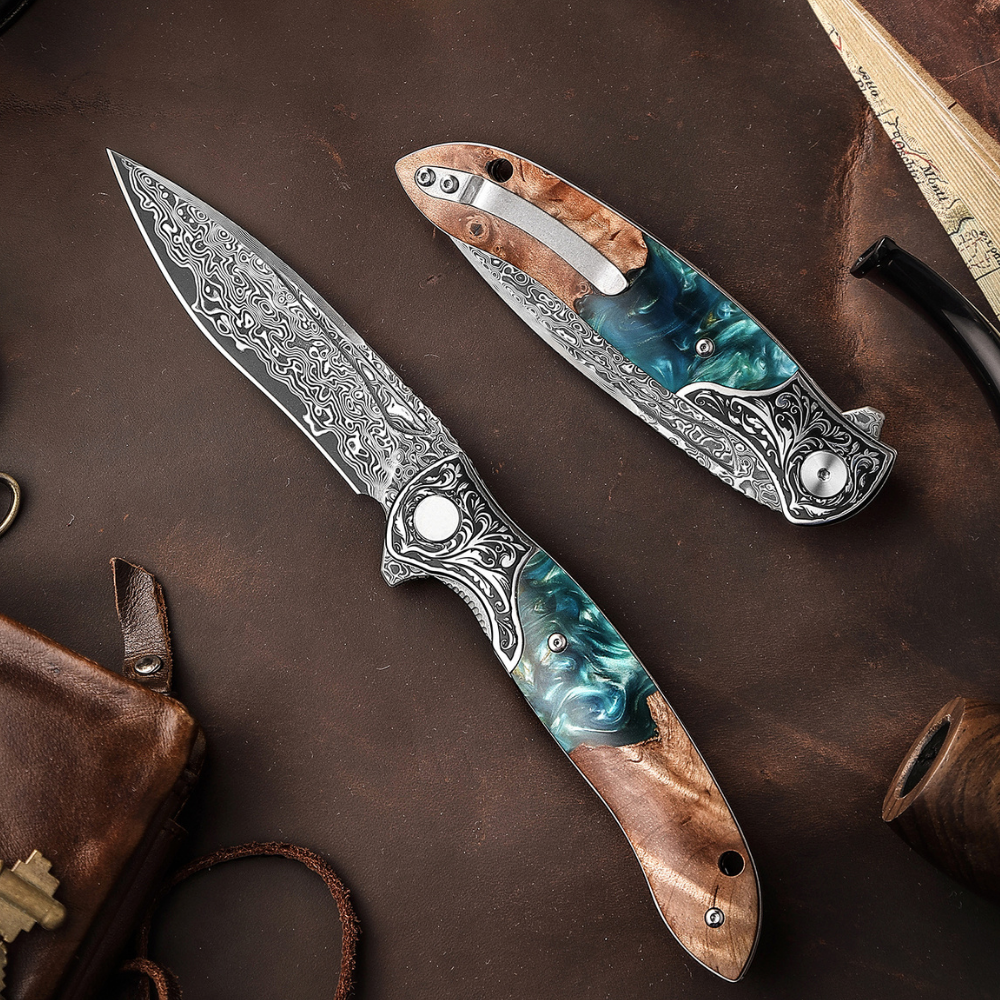
Dejar un comentario